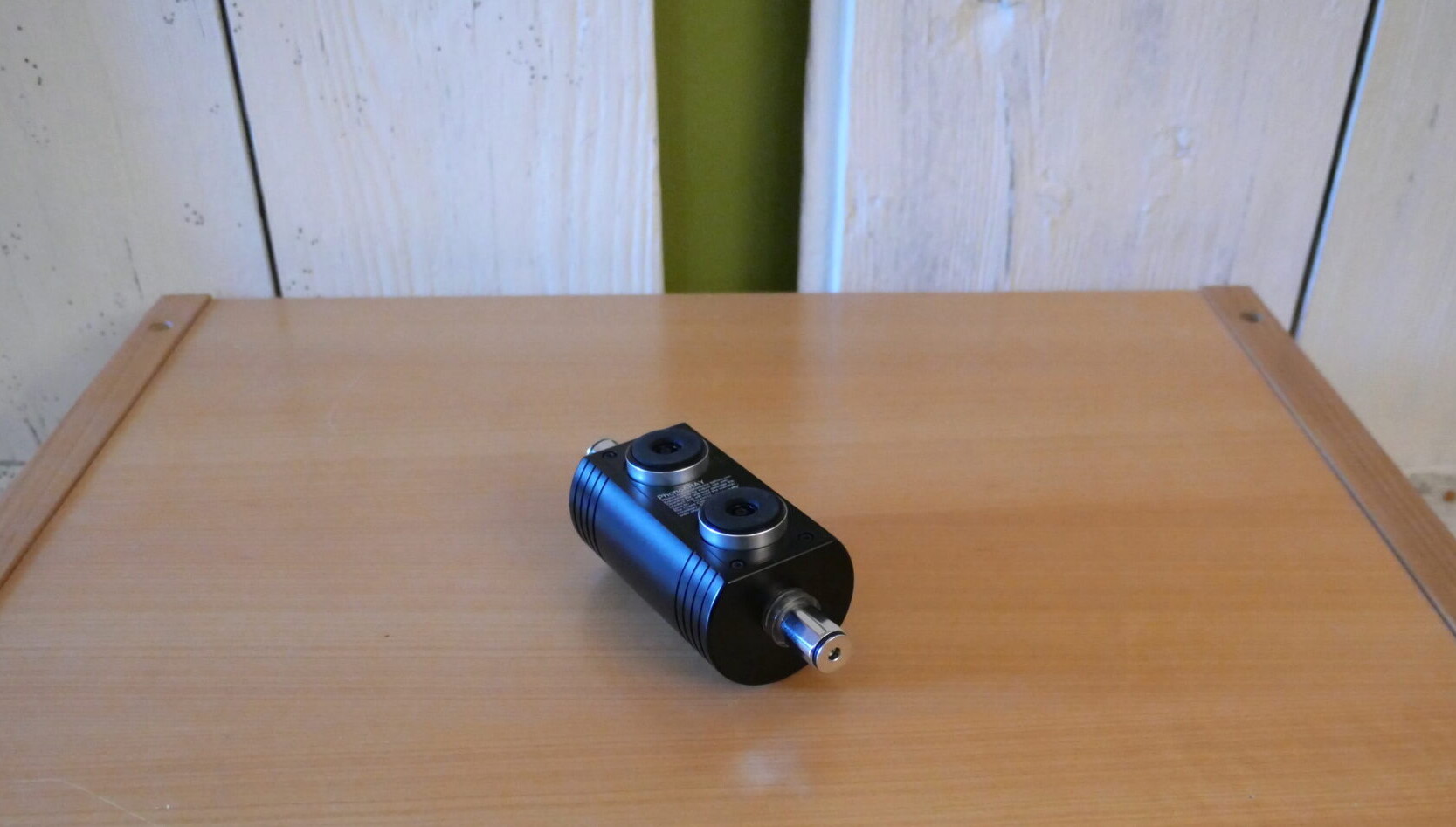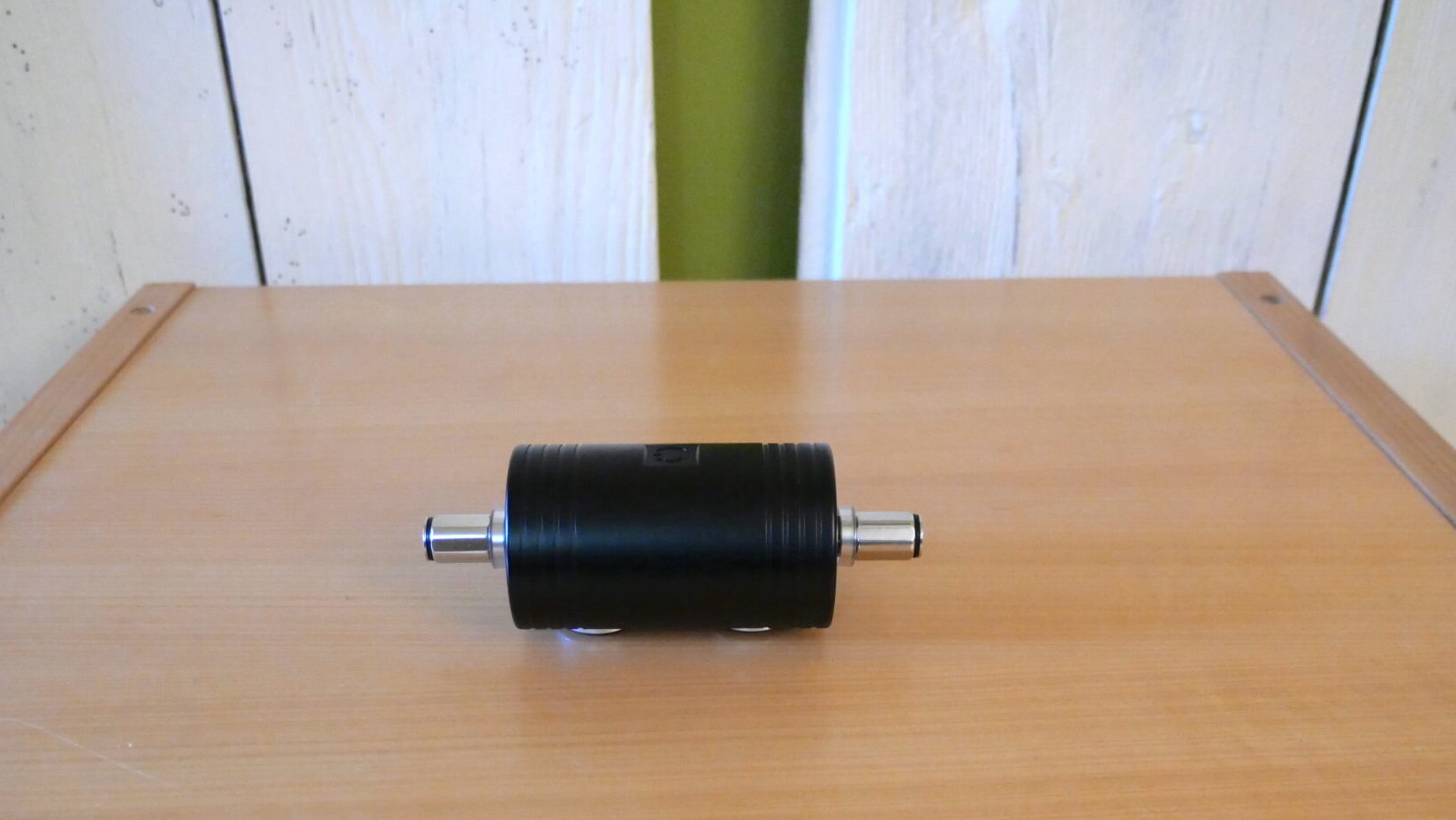As impressive as the PhonoARAY is, straight out of the box, you can extract even more performance, even more easily, if you just take care of the details. The first thing is that the PhonoARAY is microphonic – hence those loosely fitting feet that help to decouple it. Even so, experimenting with support and siting yields real potential benefits. I’m in the fortunate position of having multiple support options available – many of which cost as much as the Phono ARAY itself. I’m not suggesting you go that far, although the various options do make the point. But so do bamboo blocks, finite-elemente CeraBalls and various cones in different materials. It’s worth experimenting.

The other thing that you need to think about is the 4mm spade on the supplied ground cable. Chord has kept it small so that it will be compatible with the pathetic binding posts supplied on most phono-stages. But, if you have the option (or need) to use a 4mm banana plug or a chunkier spade, do it: both options offer a greater contact area and significant mechanical advantage, making dressing your cable considerably easier – an important consideration when that cable is substantial and the unit being on the end of it isn’t. So, the 4mm spade is supplied as standard, but you have the choice to specify a 6.6mm spade or banana plug when you order.
If you’ve played with system grounding and parallel grounding devices, in any of their various forms (Chord, Nordost, CAD, TriPoint or Entreq, to name but a few) then you’ll have a good idea of what to expect from the PhonoARAY. But you’ll have absolutely no idea just how dramatic a difference the PhonoARAY makes. Sure, it does all the stuff that other such grounding devices do: you know, the lower noise-floor, blacker background, better detail and micro dynamics, increased focus and overall dynamic range, greater presence and immediacy. It’s quite a laundry list – literally given the root cause of the benefits. But what you won’t be ready for is just how musically important those differences are when they’re applied to a signal as fragile as the one coming from your cartridge.

The first system into which I inserted the PhonoARAY consisted of the Kuzma Stabi M, 4Point tonearm and CAR-20 cartridge, feeding the TEAD Groove phono-stage, along with the Vibe line-stage, the Linear B amplifiers and Göbel Divin Comtesse loudspeakers. The first record played was Gillian Welch and David Rawlings’ Woodland Studios (Acony ACNY-2416LP – fast becoming a firm favourite in these parts). Adding the PhonoARAY to the system after playing the first track, ‘Empty Trainload Of Sky’. The results were actually startling. All the cliches were present and correct, but more so. The ‘blacker background’ had an inky, grain-free quality. The noise-floor drops away – and takes the speakers with it. There isn’t just more detail and greater dynamic resolution – that detail and energy is far more tightly concentrated and focussed in the voice and instruments. David Rawlings’ guitar gains leading edge definition and attack, Gillian Welch’s voice the subtle details of diction and accent, emphasis and ‘embouchure’ even though she’s singing rather than playing a wind instrument). The band is tighter and the increased body and definition brings the proper intensity to Rawlings’ playing, emotional depth and intent to Welch’s vocal. Individually, these changes are far from subtle. More importantly, they are collective in nature, binding the musicians closer together, bringing tighter rhythms, focussed energy and positive placement of notes and phrases, a heightened sense of the musical understanding between the band’s members. Together with the increased transparency, the result is a huge increase in the sense of presence and immediacy, of real instruments in a real space – a space that you are included in.

